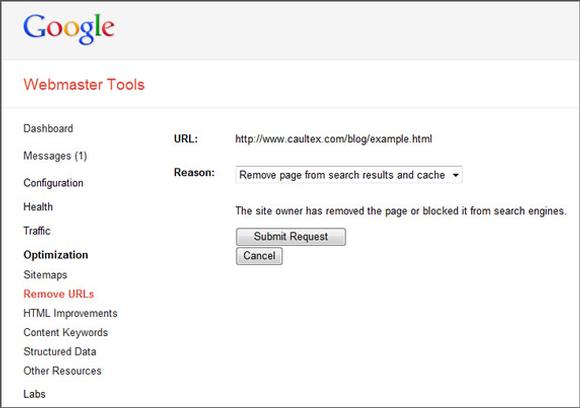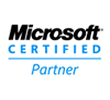- Sage Fixes
- Email Fixes
- SSL Certificates
- Windows Live Movie Maker
- Server Fixes
- Windows 7 Fixes
- VMware
- Windows 10 Fixes
- Vmware Zimbra
- Exchange Server
- Upsizing to MS SQL
- How to Fix IP Conflicts
- Internet Fixes
|
Remove website entries from Google listings | |||
|
Removing Google Index listings is not something we are often asked to do. A customer came to me the other day saying they urgently needed to remove references to them on a website, which although it had it's own domain name, was also being hosted as a subfolder on another domain name. The steps we took were as follows.: 1. Stop the website in IIS. This done, we waited to see if the entries did indeed disappear from the Google listings. | |||
 The next day, all but one of the 'Remove URL' requests had been actioned by Google. However, on checking the index, using different search keywords, we found 7 more entries in the index, including the one that had not been removed the day before. The persistant URL, had one letter as uppercase, whereas the URL I had typed had it in lower case. We can learn 2 things from this. Amongst the URLs still in the directory, were all the .swf files. These were held in a Flash subfolder. Again we renamed them to .txt files and repeated the process of requesting each individual URL be removed from the Index. We needed to remove the Google entry, rather than letting it go to a 'page not found' or a holding page on the website, as the sensive information was displayed in the Google description for the entry. | |||
| Comments | |||
| |||





